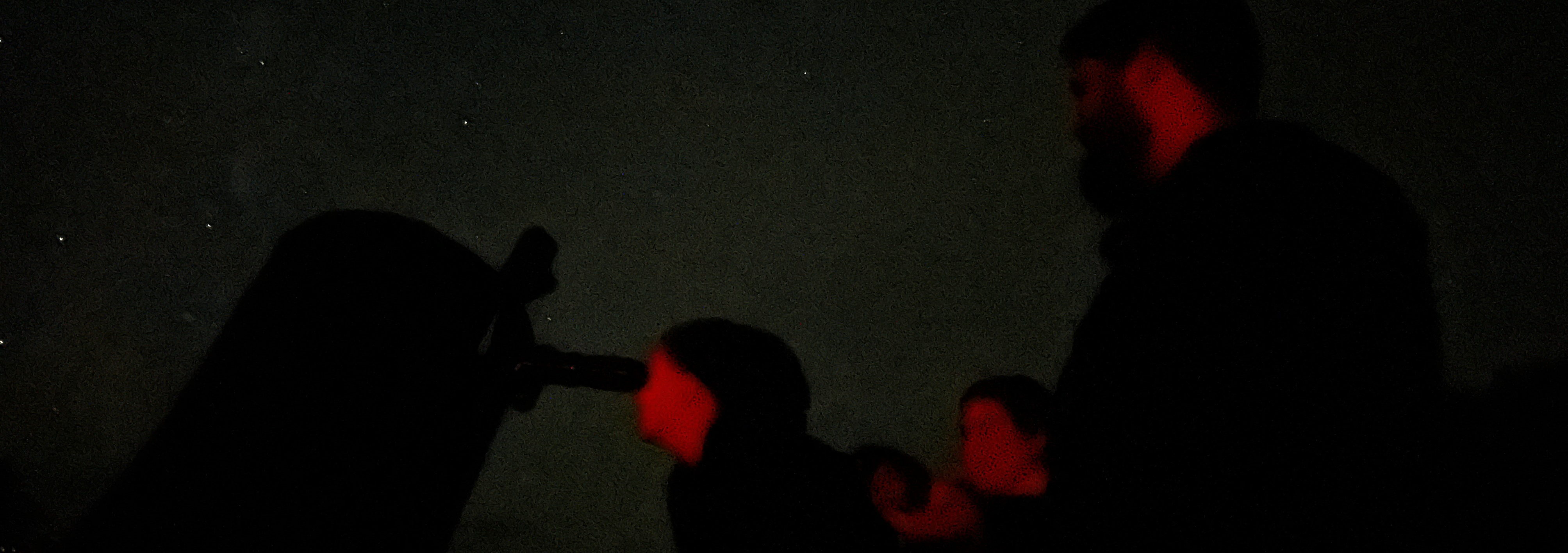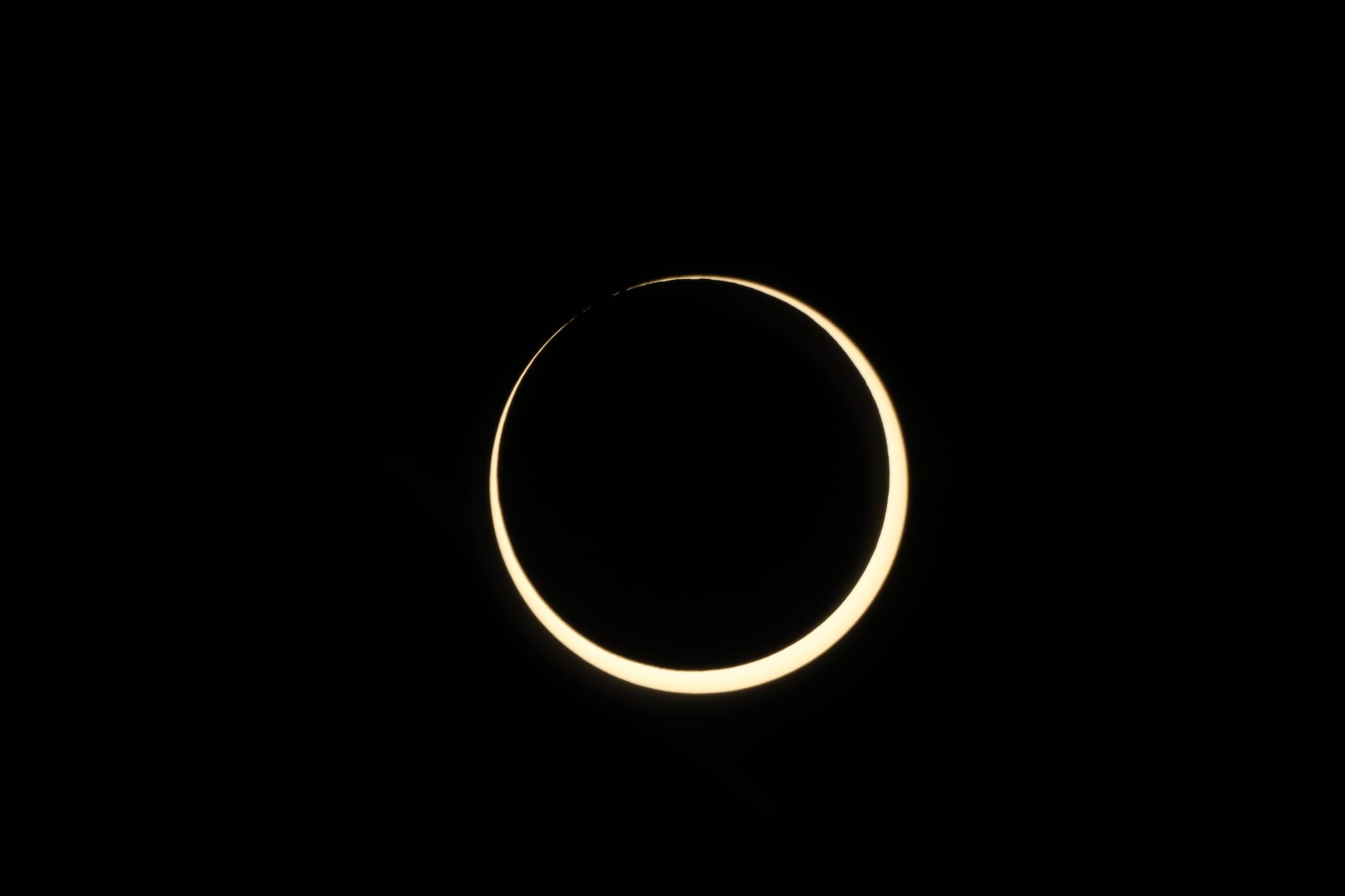Sonnenfinsternisse sind faszinierende Himmelsereignisse, die eine einzigartige Gelegenheit bieten, die Erhabenheit unseres Sonnensystems zu erleben. Sie faszinieren und faszinieren die Menschheit seit Jahrhunderten. Mit der bevorstehenden ringförmigen Sonnenfinsternis am 14. Oktober haben wir die Chance, spannende wissenschaftliche Abenteuer zu erleben, die für alle Altersgruppen geeignet sind. Dr. Daniel Barth hat eine Zusammenstellung von Aktivitäten zur Beobachtung und Dokumentation der Sonnenfinsternis zusammengestellt und dabei großen Wert auf Sicherheit und Aufklärung gelegt, um dieses Erlebnis für alle bereichernd und sicher zu gestalten.
Betonung der Sicherheit bei der Beobachtung von Sonnenfinsternissen
Bevor wir uns in die spannenden Aktivitäten stürzen, ist es wichtig, die Bedeutung der Sicherheit bei der Beobachtung einer Sonnenfinsternis zu betonen. Direkter Blick in die Sonne kann die Augen ernsthaft schädigen, daher ist die Verwendung geeigneter Beobachtungsmethoden unerlässlich. Dr. Daniel Barth empfiehlt die Verwendung von Sonnenprojektionsgeräten, zugelassenen Sonnenfiltern oder Sonnenschutzbrillen, um allen Teilnehmern eine sichere und angenehme Beobachtung der Sonnenfinsternis zu gewährleisten.
Aktivität 1. Den Zeitpunkt der Sonnenfinsternis bestimmen
Die erste Aktivität ermutigt die Beobachter, die Phasen der ringförmigen Sonnenfinsternis am 14. Oktober zu dokumentieren und zeitlich zu messen. Sicherheit steht an erster Stelle, und die Teilnehmer werden angeleitet, Sonnenprojektion, zugelassene Filter oder Sonnenbrillen zu verwenden, um die Finsternis sicher zu beobachten. Ziel ist es, den Verlauf der Finsternis zu dokumentieren. Verschiedene Unteraktivitäten wie das Aufnehmen eines Sonnen-Selfies, das Aufnehmen von Finsternisfotos, das Aufzeichnen der Finsternis und die Anwendung verschiedener Beobachtungsmethoden werden detailliert beschrieben, um ein umfassendes Erlebnis der Finsternisdokumentation zu ermöglichen.
Aktivität 2. Beobachtung der Sonnenfinsternis mit einem Fernglas
Diese Aktivität führt die Teilnehmer in die sichere Beobachtung der Sonnenfinsternis mit einem Fernglas ein. Aus Sicherheitsgründen wird vom direkten Betrachten der Sonne abgeraten und stattdessen das Projektieren des Bildes der Finsternis mit einem Fernglas auf eine Oberfläche empfohlen. So kann eine Gruppe oder Klasse die Finsternis gleichzeitig und sicher beobachten. Die Schritt-für-Schritt-Anleitung unterstreicht die Wichtigkeit von Vorsicht, Übung und Schutzmaßnahmen im Freien während der Finsternis.
Aktivität 3. Erstellen Sie ein Eclipse-Daumenkino
Sicherheit hat bei dieser kreativen Aktivität oberste Priorität. Die Teilnehmer erstellen ein Daumenkino, um die Sonnenfinsternis zu animieren. Dazu wird das Sonnenbild auf eine Karteikarte projiziert und der dunkle Bereich nachgezeichnet, in dem der Mond während der Sonnenfinsternis alle 10 Minuten die Sonne verdeckt. Mit den beschriebenen Schritten können Sie ein ansprechendes Daumenkino erstellen, das den Verlauf der Sonnenfinsternis dynamisch darstellt.
Aktivität 4. Erstellen Sie einen Sonnenfinsternis-Simulator
Bei dieser lehrreichen Aktivität erstellen die Teilnehmer einen Sonnenfinsternis-Simulator, der die Sicherheit bei der Beobachtung einer Sonnenfinsternis zusätzlich unterstreicht. Die Teilnehmer werden schrittweise angeleitet, die Sonnenscheibe zu skizzieren und den Weg des Mondes mit einer Münze oder einem Flaschenverschluss nachzuzeichnen. Abschließend wird die Finsternis simuliert. Dieser Simulator ermöglicht ein sichereres und lehrreicheres Sonnenfinsternis-Erlebnis, da die Teilnehmer den Verlauf der Finsternis nachvollziehen und visualisieren können.
Bildungsengagement und Ressourcenzugänglichkeit
Diese Aktivitäten zur Beobachtung und Dokumentation der Sonnenfinsternis fördern nicht nur die Sicherheit, sondern auch das pädagogische Engagement. Sie entsprechen akademischen Standards, bieten die Möglichkeit, Laborpunkte zu sammeln und sind sowohl zu Hause als auch im Bildungsbereich anwendbar. Um das Verständnis und die Vorbereitung auf die Sonnenfinsternis zu verbessern, stehen Videoressourcen zur Verfügung, die ein umfassendes und intensives Lernerlebnis bieten.
Während wir die ringförmige Sonnenfinsternis am 14. Oktober erwarten, lassen Sie uns an diesen fesselnden wissenschaftlichen Abenteuern zur Sonnenfinsternis teilnehmen und dabei Sicherheit und Bildung in den Vordergrund stellen, während wir die Wunder unseres Universums erkunden. Viel Spaß beim Beobachten und Dokumentieren!
Hinweis: Seien Sie bei der Beobachtung von Sonnenfinsternissen stets vorsichtig und achten Sie auf Ihre Sicherheit. Verwenden Sie zugelassene Filter, Sonnenschutzbrillen oder Sonnenprojektionsmethoden, um Ihre Augen vor schädlicher Sonneneinstrahlung zu schützen.




Hinterlasse einen Kommentar
Alle Kommentare werden vor der Veröffentlichung geprüft.
Diese Website ist durch hCaptcha geschützt und es gelten die allgemeinen Geschäftsbedingungen und Datenschutzbestimmungen von hCaptcha.